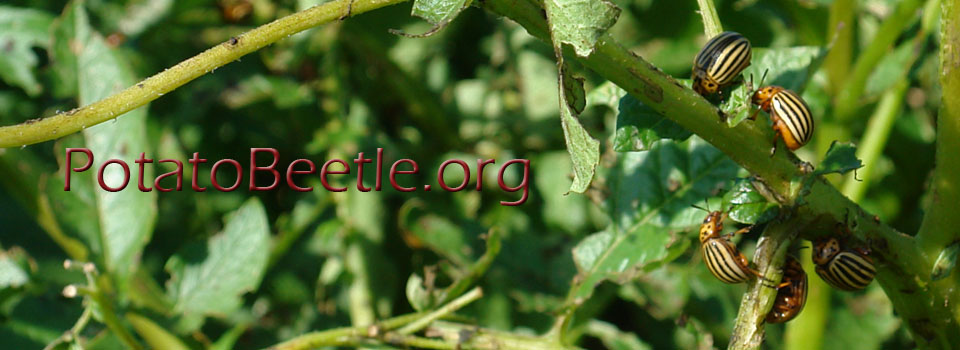Andrés MF, Rossa GE, Cassel E, et al. Food and Chemical Toxicology. 2017;109:1086-1092.
In this study we evaluated the effect of a pressure gradient (1-2 atm) in the extraction and composition of the essential oil (EO) of Piper hispidinervum by steam distillation. We also evaluated the insect antifeedant effects (Spodoptera littoralis, Leptinotarsa decemlineata, Myzus persicae and Rhopalosiphum padi) and nematicidal activity (Meloidogyne javanica) of the oils, their major components and their synergistic interactions. Safrole was the major component (78-81%) followed by terpinolene (5-9%). The EOs tested were effective insect antifeedants. Safrole, explained most of the insect antifeedant action of P. hispidinervum EOs. When safrole and terpinolene were tested in binary combinations, low ratios of safrole improved the antifeedant effects of terpinolene. P. hispidinervum EOs caused higher mortality of M. javanica juveniles than their major components. In binary combinations, low ratios of terpinolene increased the nematicidal effects of safrole. The EO treatment strongly suppressed nematode egg hatching and juvenile infectivity. P. hispidinervum EOs affected the germination of S. lycopersicum and L. sativa mostly at 24 h of treatment, being L. sativa the most sensitive. Safrole moderately affected germination and root growth of L. sativa, S. lycopersicum and L. perenne. Terpinolene only affected S. lycopersicum root growth.
